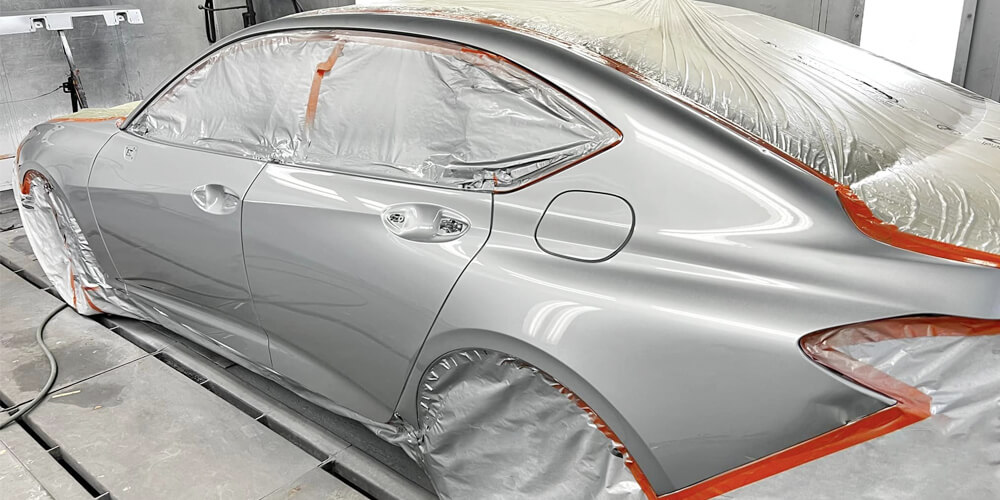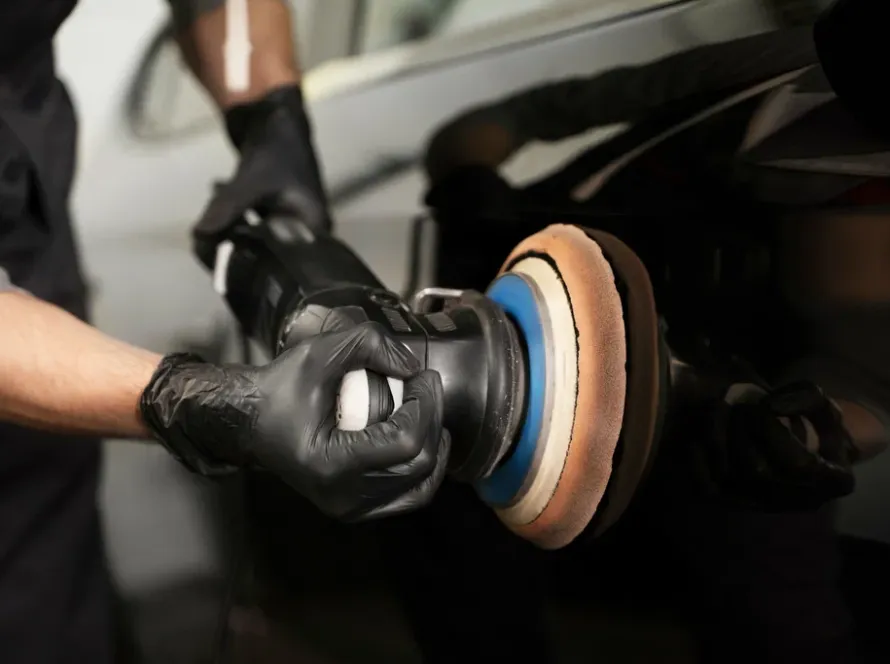What Is a Clear Coat Car Paint and Why Does It Matter?
When you look at your car’s paint, what you’re really seeing isn’t just color — it’s the clear coat, a transparent protective layer that gives paint its shine and shields it from damage. Without this thin but powerful layer, automotive paint would fade, oxidize, and wear much faster.
According to the International Detailing Association, nearly all cars manufactured after the mid-1980s use clear coats for protection and gloss. Understanding what clear coat is — and how to care for it — is essential for keeping your car looking showroom-ready.
What Is a Clear Coat?
Clear coat is the top transparent layer of automotive paint applied over the base color. It serves two main purposes:
- Protecting the paint underneath from UV rays, oxidation, and environmental contaminants.
- Providing gloss, depth, and reflection that enhances the vehicle’s appearance.
Most clear coats are only 30–50 microns thick — thinner than a human hair. This makes them delicate and prone to damage from scratches, swirl marks, and improper washing.
Why Clear Coat Matters
1. Protection from the Elements
Clear coat shields paint from UV damage, oxidation, acid rain, and road salt. Without it, paint would quickly fade and degrade.
2. Gloss and Shine
The reflective depth you see on modern cars comes from clear coat, not the base paint. Correction and polishing enhance this finish.
3. Resale Value
A well-maintained clear coat can increase resale value by up to 10%, since buyers associate glossy finishes with proper care.
4. Foundation for Protection
Ceramic coatings and paint protection film (PPF) rely on a healthy, corrected clear coat to bond effectively and lock in results.
How Clear Coat Gets Damaged
- Swirl Marks & Micro-Marring: Caused by improper washing and drying.
- Oxidation: Fading and dullness from UV exposure.
- Water Spots & Etching: Minerals or acid rain eating into the clear coat.
- Scratches: From brushes, keys, or road debris.
How to Maintain Your Clear Coat
- Wash with the two-bucket method and microfiber tools.
- Apply protective layers such as wax, sealant, or ceramic coating.
- Avoid harsh chemicals and abrasive sponges.
- Correct defects with professional paint correction when needed.
Frequently Asked Questions (FAQ)
What is clear coat on car paint?
Clear coat is a transparent layer applied over the base color to protect paint and provide gloss.
How thick is a car’s clear coat?
Most clear coats are 30–50 microns thick, thinner than a strand of human hair.
Why is clear coat important?
It protects paint from UV rays, oxidation, and scratches, while also creating depth and shine.
Can clear coat get damaged?
Yes. Improper washing, scratches, and UV exposure can cause swirl marks, fading, or oxidation.
Can you repair damaged clear coat?
Light defects can be corrected with polishing. Severely damaged or peeling clear coat usually requires repainting.
Does paint correction remove clear coat?
Yes, but only a few microns. Professional correction safely levels defects without harming long-term protection.
How do I protect my car’s clear coat?
Wash properly, use wax or ceramic coatings, and avoid abrasive cleaning methods.
What happens if clear coat wears off completely?
The base color is exposed, leading to rapid fading, oxidation, and paint failure.
Does every car have a clear coat?
Almost all modern vehicles (post-1980s) have clear coat, but older classics may not.
Can ceramic coating replace clear coat?
No. Ceramic coating protects the clear coat, but it cannot substitute for it.




